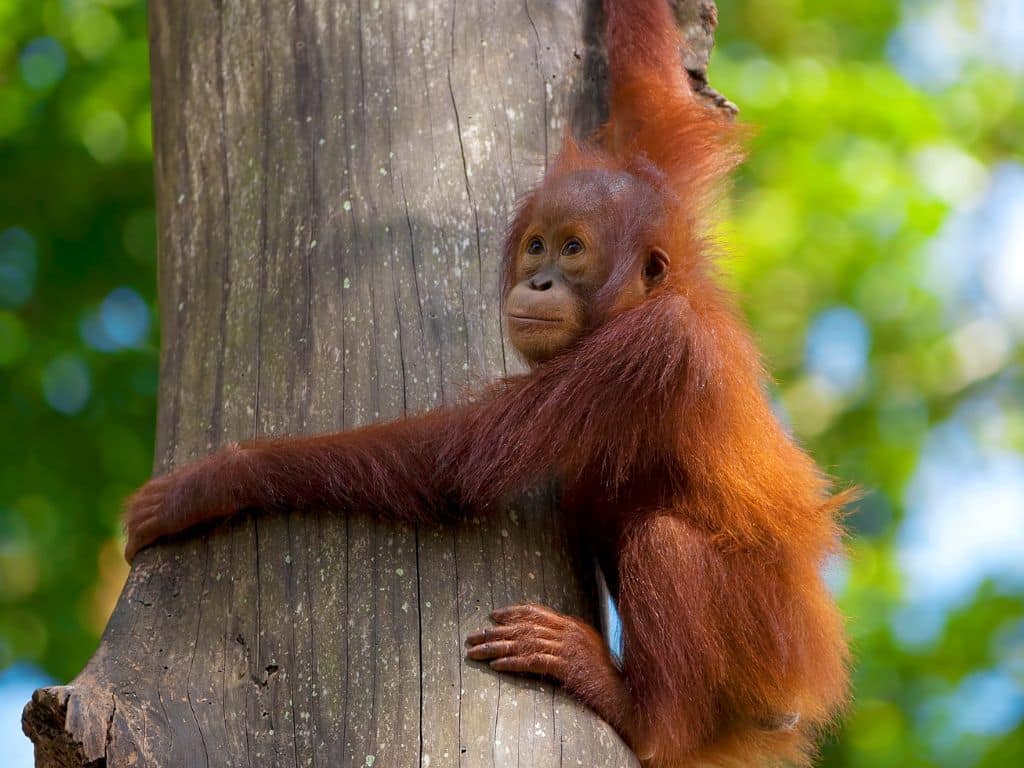
We tend to envision Africa when we think of safaris, and while this vast continent does offer endless possibilities, there are other regions around the world that are equally rewarding when it comes to observing large concentrations of wildlife.
Where once safaris focused on hunting, today’s safaris are about wildlife conservation, preserving biodiversity, and capturing incredible moments with cameras. You’ll find there are many different safari holiday options to suit various budgets and several different styles of safari.
Whether it’s a more traditional jeep safari with overnights in safari tents out on the Serengeti or more unique river cruise safaris in the jungles of South America or Borneo, there are many unique wildlife experiences to be had for the adventurous traveler.
Let’s take a look at some of the world’s best countries for enjoying a wildlife safari. And remember, because it really can be a jungle out there, always remember to secure your comprehensive travel insurance when planning your next wildlife safari.
Tanzania
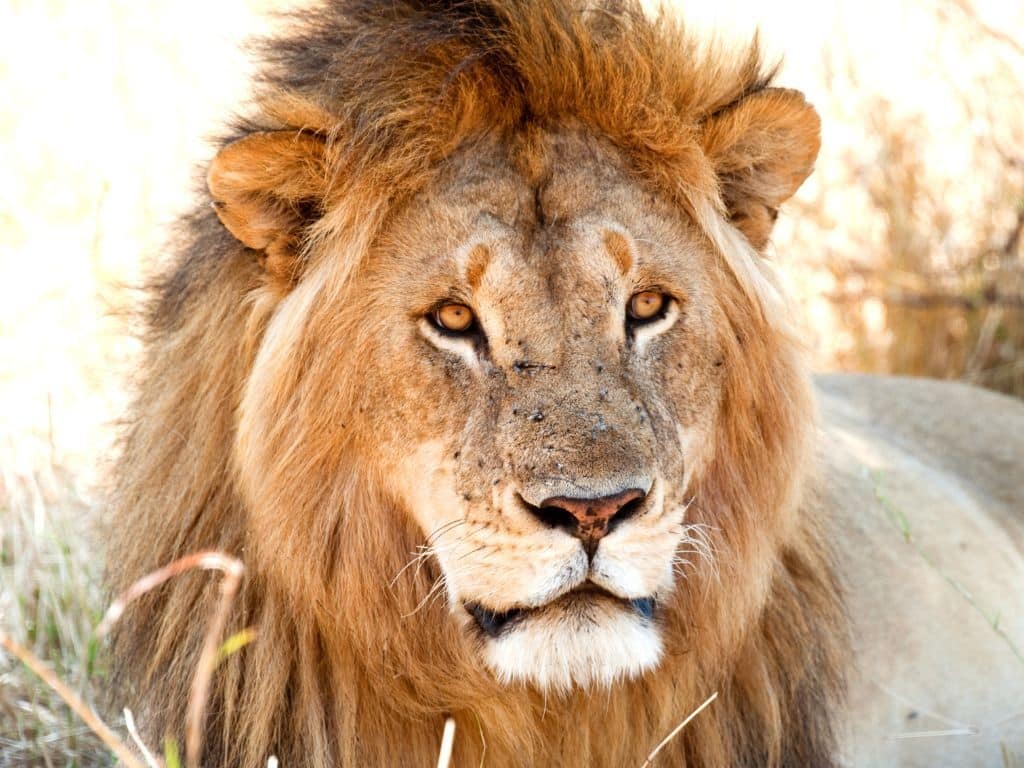
Tanzania offers up your quintessential safari experience where you can see just about every iconic African animal there is. Jeep safaris head out onto the savannahs of the Serengeti to allow you to get up close and personal views of leopards, lions, cheetahs, elephants, hippos, rhinoceroses, and more.
One of the most popular African safari destinations, Tanzania can get busy during periods but offers plenty of national parks and reserves for tourists to spread out. These include the Serengeti as mentioned before as well as Tarangire National Park, Lake Manyara, Selous Game Reserve, and Ngorongoro Crater.
You could also opt for a more unique experience that often goes overlooked in Tanzania and that is chimpanzee trekking in either Gombe Stream National Park or Mahale Mountains National Park. And while there may be minimal wildlife on Mount Kilimanjaro, you could easily add a summit climb to your itinerary after visiting the Serengeti.
Other highlights of Tanzania include experiencing the Great Migration, witnessing large elephant herds, visiting Maasai tribes, or possibly heading to the island of Zanzibar in search of dugongs and various small antelope species.
Kenya

Right next door to Tanzania, Kenya is another great option for a traditional African safari experience. Like Tanzania, you have the opportunity to observe Africa’s Big 5 animals and the Maasai Mara plays host to a portion of the Great Migration as well.
The peak season for safaris falls between July and October, when you can catch vast herds of migrating wildebeest and zebras crossing the rivers. Many of the animals found in Tanzania you can also spot in Kenya. You’re likely to spot elephants in Amboseli National Park, which is also home to many bird species and boasts impressive views of Kilimanjaro.
Spot black rhinos, Nile crocodiles, and hippos in Nairobi National Park or catch the famous flocks of flamingos that have once again returned to Lake Nakuru National Park after a brief hiatus caused by rising water levels.
Two more wildlife-rich areas include Tsavo West National Park and Tsavo East National Park. You may also wish to inquire about booking a trekking experience up Mount Kenya.
Botswana
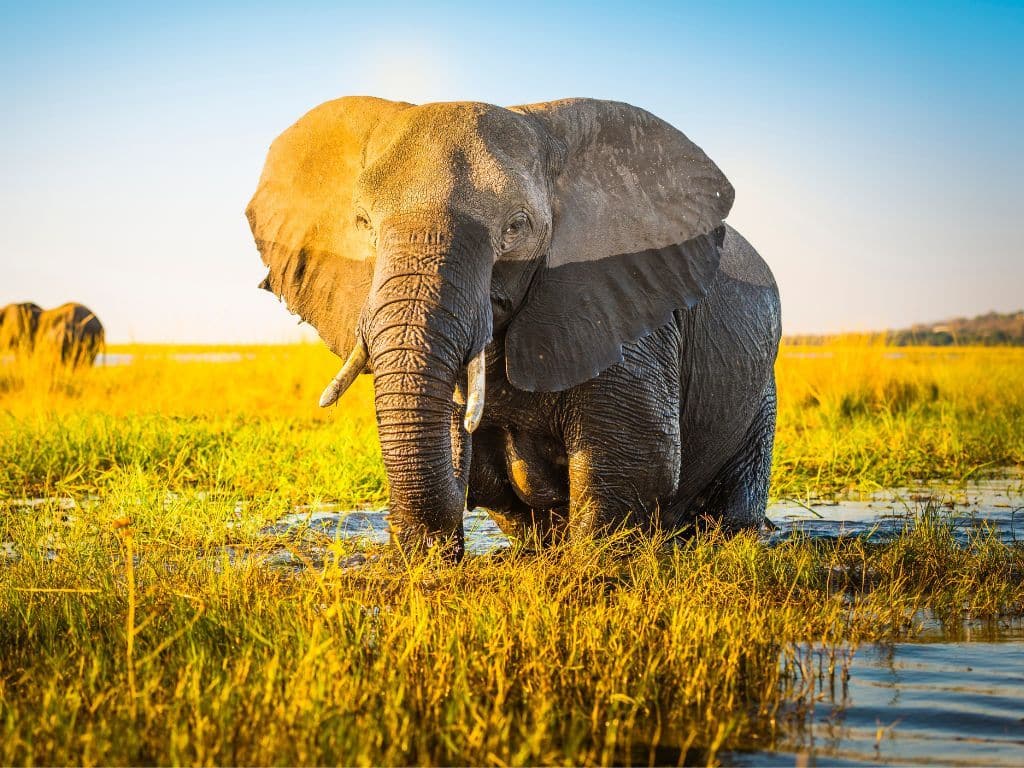
Botswana has quickly become one of Africa’s hottest new safari destinations. Less touristy than Tanzania or Kenya, you can often enjoy a more private game-viewing experience albeit for a much higher price tag. Botswana has taken the approach of making safaris more expensive in a bid to keep tourist numbers low, which in turn is better for both the reserves and their wildlife.
Visitors can enjoy luxurious private safaris, staying in fancy lodges and camps, or choose to enjoy a self-drive safari for more personal freedom.
The Okavango Delta is a must visit, with wildlife spotting opportunities available year-round. The wet season may limit self-driving safaris, but you can still opt for canoe-based wildlife safaris in search of elephants and hippos.
Another top wildlife spot in the country is the Central Kalahari Game Reserve, the world’s second largest game reserve. Here you can catch many of Africa’s iconic animals like giraffe, Cape buffalo, and elephants, as well as more unusual animals like meerkats, caracals, jackals, wild dogs, aardvarks, and ostriches,
Other popular wildlife-watching destinations include Moremi Nature Reserve, Makgadikgadi Pans National Park, and Chobe National Park for its abundance of elephants.
India

Moving on from Africa and into Asia, you’ll find India to be exceptional for wildlife safaris. While wildlife in India may not be as densely concentrated as found in Africa, there are still many rare animals that can be observed and because encounters are more elusive they can prove more memorable. You only have to envision Rudyard Kipling’s Jungle Book to get a taste of what’s on offer. Of course seeing tigers is a big drawcard for Indian safaris, b
ut other animal highlights include Asian elephants, Indian rhinos, and leopards.
India is also the only place where you can see lions, tigers, and bears. Look for the highly endangered Asiatic lions in Gir National Park, Bandhavgarh National Park which offers the country’s highest densities of Bengal tigers, and beautiful sloth bears.
Another great area for spotting tigers is Ranthambore National Park. All up, there are hundreds of wildlife sanctuaries and well over 100 national parks scattered throughout India. Seek out leopards, striped hyenas, cobras, Ganges river dolphins, gharials, sambar deer, and gorgeous wild peacocks.
Borneo
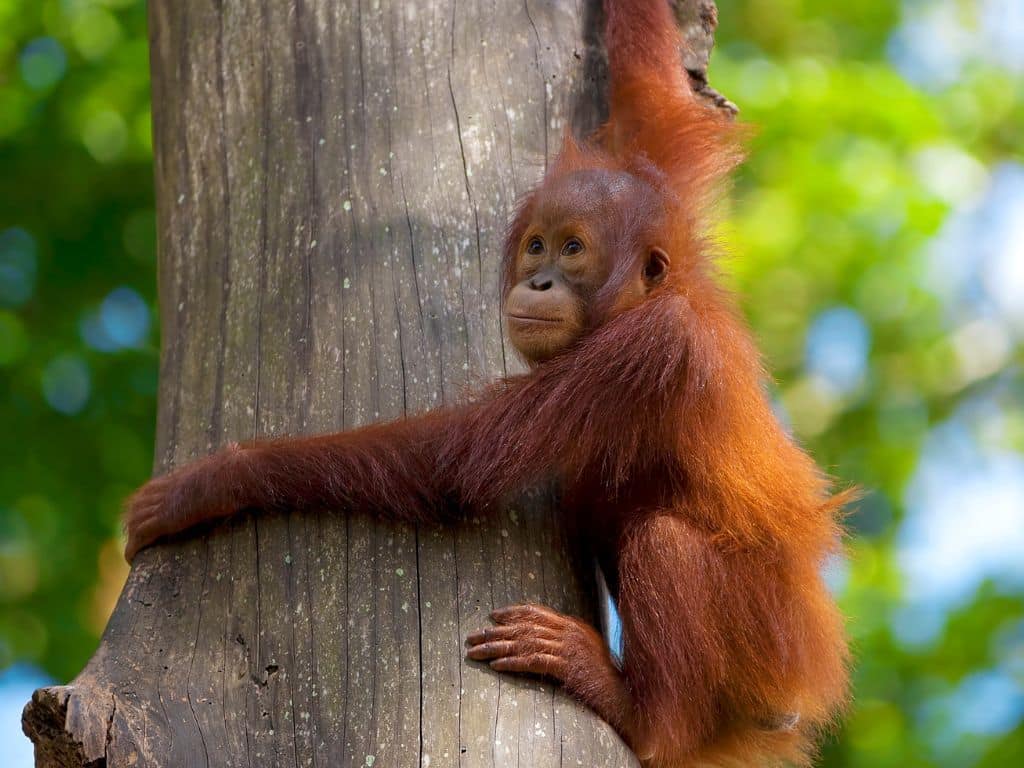
David Attenborough regards Borneo as one of the planet’s most unique and biodiverse places. Best of all, this jungle paradise teeming with rare wildlife is rather close to Australia. Borneo offers a true jungle safari experience with a mix of driving, trekking, and river cruising.
The Kinabatangan River is home to some of the highest concentrations of wildlife in Borneo, and river cruise safaris will allow you to scour the riverbanks in search of elusive wildlife. Highlights of a Borneo safari include seeing wild orangutans, but there are many more beautiful and unusual animals to observe such as Borneo pygmy elephants.
Seek out the comical-looking proboscis monkeys at the Labuk Bay Proboscis Monkey Sanctuary, clouded leopards in Tabin Wildlife Reserve, and rhinoceros hornbills, Sunda pangolins, and dozens of bat species in Gunung Mulu National Park.
Explore caves, sleep in jungle lodges, make your way along treetop walkways, and even do a bit of snorkeling or diving to observe sea turtles in the reefs and bays around Borneo’s islands such as Gaya Island.
Pantanal, Brazil
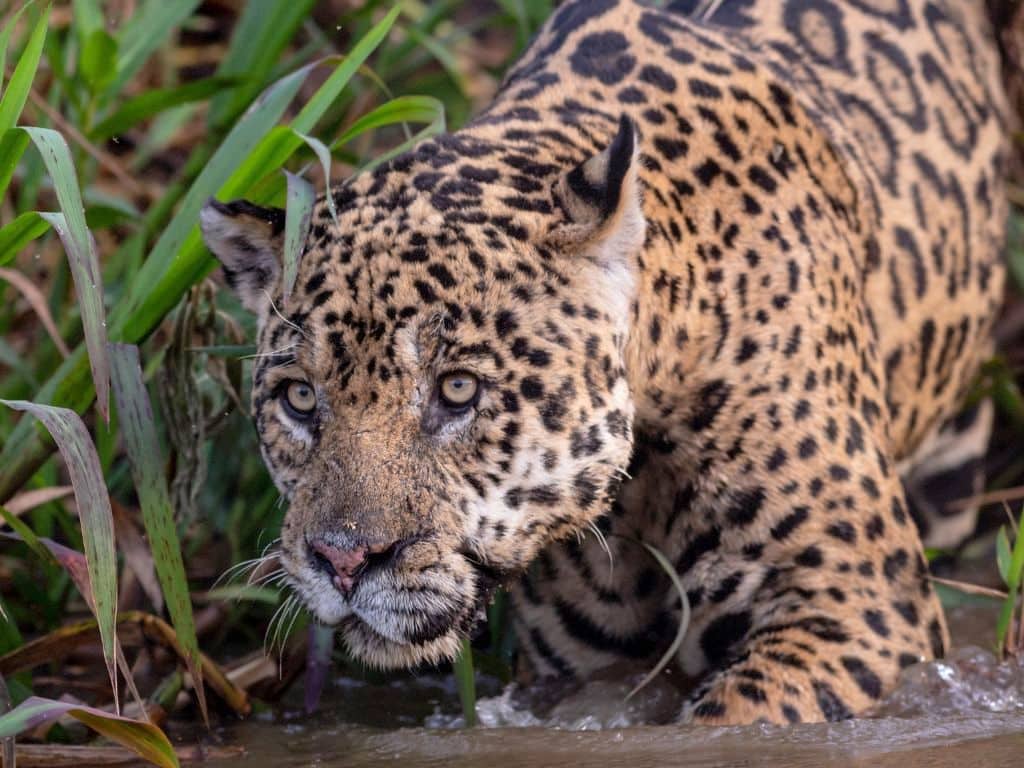
Staying in the jungle, let’s head over to South America where we find Brazil’s Pantanal. The Pantanal offers up the world’s largest tropical wetland and flooded grasslands where around 80% of its floodplains are under water during the wet season.
The dry season from May to September is the best time of year for safaris, where a mixture of daytime and nighttime safari drives, walking safaris, horseback safaris, and canoe safaris are available. Working farms double as eco-lodges that offer up a range of wildlife experiences.
Explore water holes in search of tapirs, giant anteaters, coatis, giant river otters, capybaras, and ocelots. Of course the big drawcard of the Pantanal is the jaguar. The Pantanal is in fact regarded by many to be the jaguar watching capital of the world.
The Pantanal is also a top birdwatching safari destination, with species like hyacinth macaws, toco toucans, greater rheas, Jabirus, and countless colourful wading birds luring twitchers from all around the world.
You may think that the Amazon Rainforest would be the place for a South American wildlife safari, but the Pantanal is actually a far better place to view wildlife in terms of getting to see a lot of different animal species with relative ease. Animal encounters tend to be more elusive in the dense jungle.
